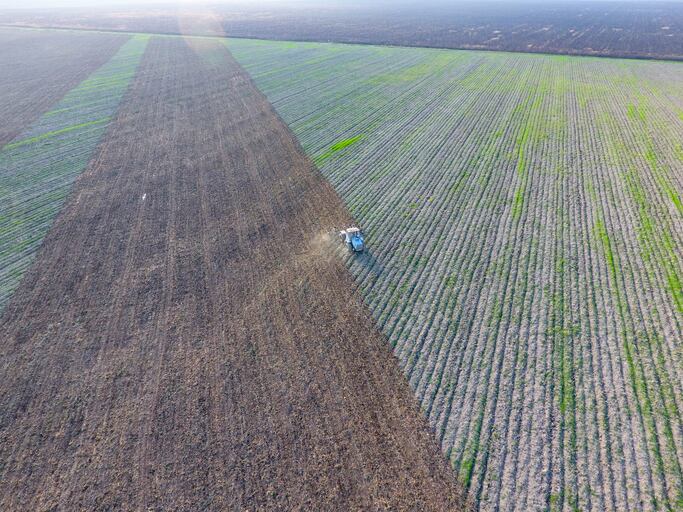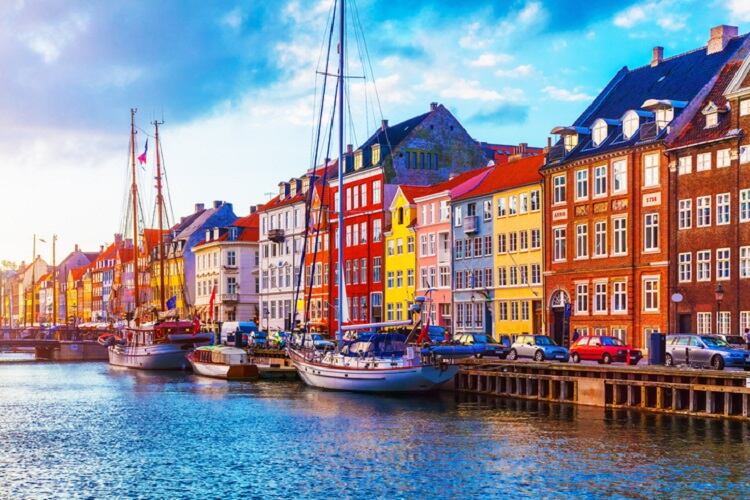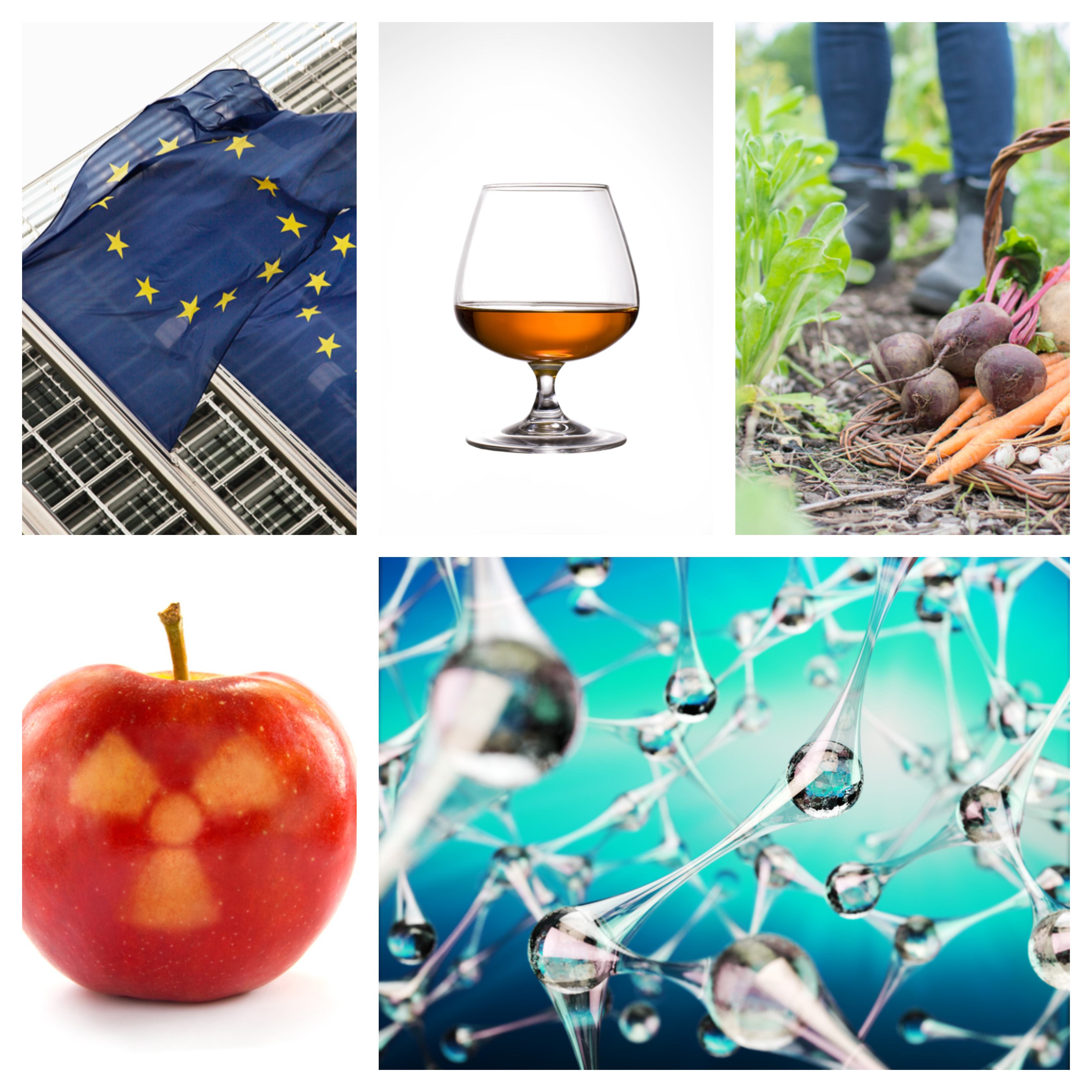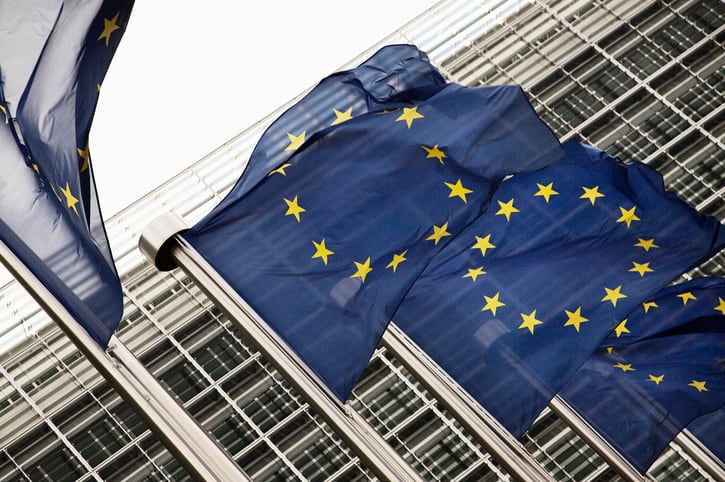What is it?
The bioeconomy basically covers all sectors and systems that rely on biological resources: agriculture, forestry, fisheries, food, bio-energy and bio-based products. It represents new and innovative ways of producing food, products and energy. We’re talking about compostable packaging, high value use of wastes (for example, using casein from milk to make clothes) and turning algae into feed and fuel. It’s actually one of Europe’s “largest and most important” sectors, according to the European Commission, with an annual turnover of around €2 trillion and employing 18 million people – 76% of those are in agriculture and the food and beverage industries.
I didn’t know that.
Don’t worry – you are not alone. As Mathieu Flamini, former footballer and co-founder of GFBiochemicals, a biotech company, put it recently: “Go out and ask people about the bioeconomy and their first reaction will be ‘what is it?’” This has been one of Europe’s best-kept secrets – and it apparently drives those involved “crazy”. A third of Europe’s citizens are apparently unaware that it even exists.
Tell me more, then, so I can impress my colleagues.
Ok, so in 2012 the European Commission published a “bioeconomy strategy”. This had five objectives, which included: ensuring food and nutrition security; managing natural resources sustainably; reducing dependence on non-renewable resources; mitigating and adapting to climate change; and creating jobs. So, you can start to see why the food sector is pretty important to all this. In fact, it can help to stabilise the food system – materials that were previously seen as “waste” can become valuable resources, in turn improving income for farmers. There is some pretty cool stuff going on already – in Ireland, Glanbia Ingredients is leading a €30 million project that will turn 25,000 tonnes of “waste” whey from dairy processing into a range of bio-based products, including fertilisers biodegradable plastics.
Things seem to be going well.
That 2012 strategy wasn’t bad, and the objectives remain “relevant”, but a review of also suggested that it needed updating, factoring in new policy developments like the Circular Economy Package (and 2018 Plastics Strategy), the Paris Agreement and Sustainable Development Goals.
Don’t tell me, I’ve missed the new strategy being published.
You have (and that means you haven’t been reading Foodnavigator’s 'Brussels bulletin' – see the October 18, 2018, issue). The new strategy – actually called an “action plan” has three key objectives: scale up and strengthen bio-based sectors; rapidly deploy bioeconomies; and protect the ecosystem and understand the ecological limitations of the bioeconomy.
“We need to make a systemic change in the way we produce, consume and discard goods. By developing our bioeconomy – the renewable segment of the circular economy – we can find new and innovative ways of providing food, products and energy, without exhausting our planet's limited biological resources,” said Jyrki Katainen, the Commission’s vice-president for jobs, growth, investment and competitiveness.
Sounds like we need to start over.
With 12 years left to avoid the worst impacts of global warming, dwindling natural resources, plus runaway biodiversity loss, rising populations, an exodus from rural and coastal cities, a mountain of food waste and plastic polluting the seas, you could put it that way, yes. Those trying to deliver on the new plan’s objectives certainly have their work cut out – we’re talking about changing the economy, after all, as well as changing consumption patterns.
Ohhh, they’re on dangerous ground, there.
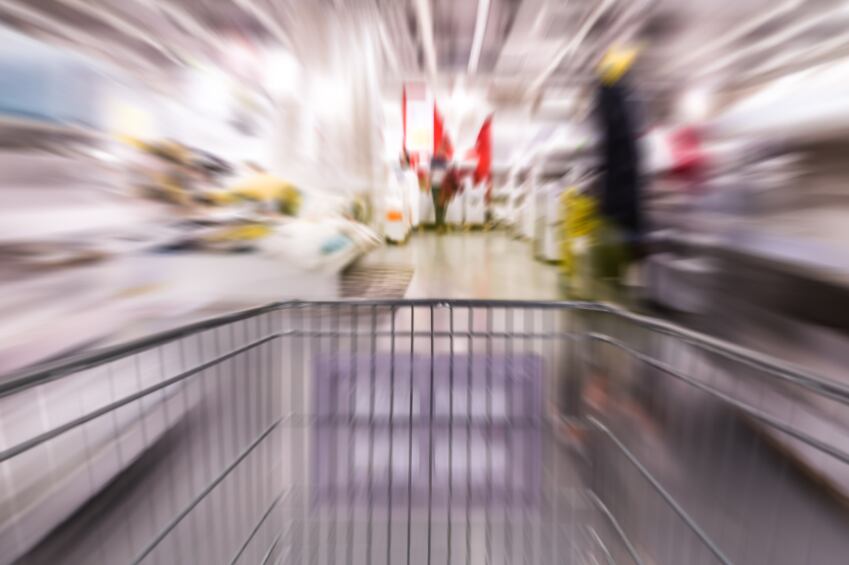
Indeed. It’s an issue that came up quite a few times at a conference in Brussels in October, when stakeholders met to discuss the new strategy for the first time.
“People are drunk on consumption. We need citizens that don’t like to consumer as much as they [currently] do,” said Sveinn Margeirsson, CEO at Matís, an Icelandic food and biotech research and development institute.
Other speakers highlighted the extent of land and resource degradation that’s being driven by the traditional “linear consumption path”. There are reports almost monthly showing just how desperate things have become, but you get the feeling that, in Brussels, the penny has begun to drop.
Really?
Yes. Consider this statement, from Dr John Bell, director of the bioeconomy at DG research and innovation in the European Commission, made at the Asset 2018 conference in Belfast, Northern Ireland last year. “We need to future proof our food system [and] we can’t do that without reviewing the system.” At the Brussels shindig in October he called on member states, industry, regions and citizens to “make it [the bioeconomy] happen”. And there will be finance available to help, too.
You piqued my interest with talk of clothes made from casein, but now you have my full attention.
The new strategy includes a €100 million “circular bioeconomy thematic investment platform”, which will be used to “bring bio-based innovations closer to the market and de-risk private investments in sustainable solutions”. Bio-based products and solutions are being developed all the time, but access to finance is tricky and the road to market is long and hazardous. “Moving from pilot to technical demonstration scale is very difficult,” admitted Andrew McDowell, VP at the European Investment Bank, during October’s conference. A case in point is PEF (polyethylene furanoate). Touted as an alternative to PET (polyethylene terephthalate), which is used to package around 70% of soft drinks, PEF is stronger, thinner and has better barrier properties than its petroleum-based cousin. However, delays to a 50,000 tonne pilot site have reportedly given investors and potential buyers the jitters.
That extra funding will help, then?
It could. And the cash doesn’t stop there: in the Horizon Europe 2021-2027 progamme, €10 billion has been earmarked for “food and natural resources”, including the bioeconomy. Still, the Commission is keen to spend this money wisely – not least because there are already concerns that we could get a little carried away by the benefits of the bioeconomy – especially if we are talking about a million jobs in rural and coastal areas being created.
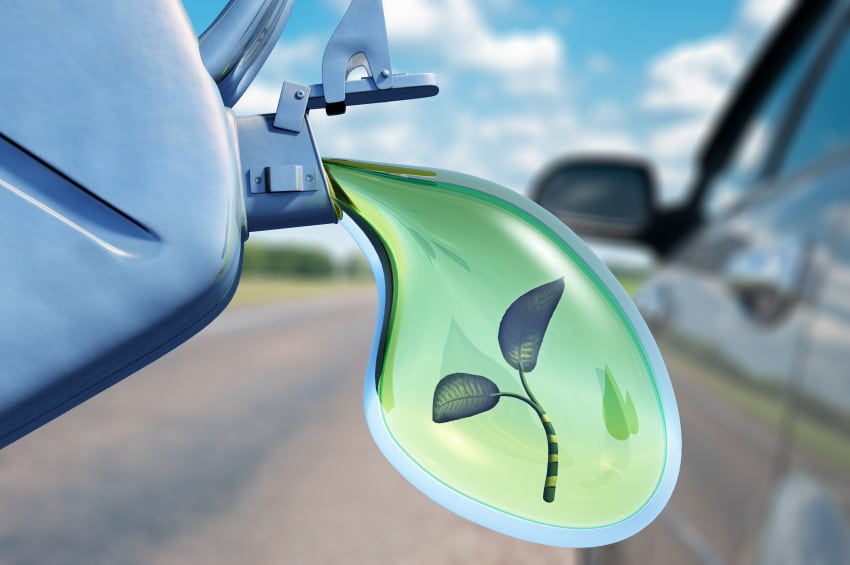
What do you mean?
Well, look what has happened with biofuels – you know, the whole food versus fuel thing. The argument that we’ll have less land left to grow food if demand for compostable packaging continues to rise is a little over-simplistic (a significant focus of the bio-based sector is using materials that were previously considered “waste” as a resource, plus the bioeconomy stretches far beyond packaging). However, it pays to tread carefully, so it’s good to see that one of the new strategy’s key objectives relates to protection of ecosystems and better understanding of the ecological limits of the bioeconomy. The Commission is also keen to ensure citizens understand what they are buying into when they buy bio-based products.
That sounds sensible. The bioplastic packaging stuff gives me a headache.
I’m not surprised. The Commission wants to harmonise the rules for labelling of “compostable” and “biodegradable” plastics, for example, and a life cycle assessment will also be developed to ensure biobased plastics result in “genuine environmental benefits compared to the non-renewable alternatives”. As Joanna Drake, deputy DG Environment, said in October: “Citizens deserve a guarantee that when they buy ‘bio’ they are buying sustainably.”
And that doesn’t just mean packaging, but what’s inside it too. One proposal is for sustainability criteria to be applied to products, including food. It’s another hard sell and hugely complicated, but I’ll leave you with this, the first revised objective, from the new bioeconomy strategy: “Food and farming systems are a fundamental part of the bioeconomy, but they urgently need to be transformed to become more sustainable, nutrition-sensitive, resilient and inclusive in view of a growing world population, climate change and other environmental challenges, including water scarcity and loss of biodiversity and of productive land.”

